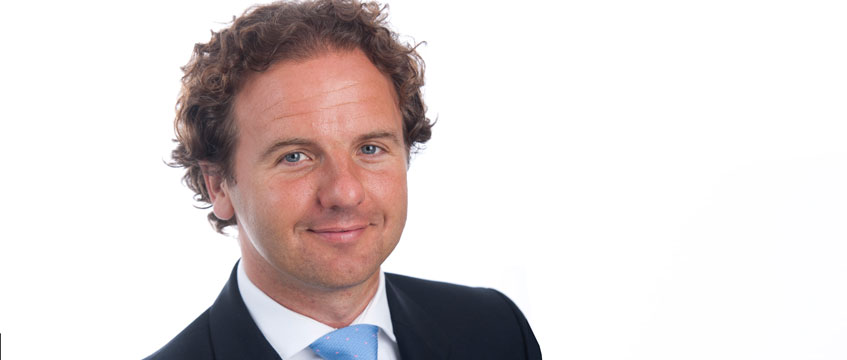Why are a range of global investors increasingly looking at healthcare markets?
A perfect storm of global political uncertainty, combined with anaemic economic growth, is driving growing investor demand for healthcare assets, among other alternative sectors. As the cycle matures, investors are turning to alternative property types in search of yield, return and diversification. Structural change and uncertainty in traditional core sectors, such as retail, only serves to strengthen the case for reallocating capital.
Indeed, healthcare performs favourably even when compared to other alternative property types. The fundamentals are strong, characterised by long-leases (typically 25-30 years, with rent reviews linked to inflation indices); high levels of occupancy; and a growing number of well-managed, profitable operators with proven track records.
A crucial part of the appeal is the demographic opportunity. The global elderly population (over the age of 65) is projected to grow from circa 700m to 1.5bn by 2050, according to the United Nations Department of Economic and Social affairs. This will undoubtedly reshape government healthcare budgets and drive the need for formalised residential care across markets.
The demographic drivers are especially strong in Europe. We are already seeing occupancy exceed 90%, fuelled by the arrival of the post-war baby boom into retirement age. By 2050, the share of people over the age of 80 will surpass 10% in many countries, propelling demand for healthcare services and property. The oldest societies will be in the UK, Germany, Italy and Spain (where 16% of the population will be over 80 by 2050).
We expect care homes, in particular, to see rising levels of investment across Europe. European care home providers are in the process of expanding and consolidating, creating successful business models in the process. This will create larger, more scalable opportunities for investors and advisers as the market continues to mature.
Investment opportunities in Europe are widespread. Germany and France are attractive due to the maturity of their markets and the established healthcare infrastructure and high standards of care. Overseas investors are already active in Germany, while France sets the benchmark when it comes to operators, many of which have expanded into neighbouring countries.
While less mature, Spain and Italy are currently reliant on mostly informal methods of care, and will needed to provide for huge numbers of elderly people in decades to come. As a sign of the opportunity, pan-European operators are moving in and specialist investors are starting to circle.
The Netherlands, Belgium and Scandinavia are often considered model care home markets due to the standards of care provided and the level of government spending on long-term care. The Dutch care market has a strong reputation for innovation and design.
However, opportunities are not limited to Europe: healthcare and elderly care homes are an increasingly global property sector. The UAE and Saudi Arabia have rapidly emerging long-term care and private hospital sectors. This follows the National Transformation Plan and 2030 vision, which has earmarked healthcare as a key area of spending. Australia, the US and Singapore have well-established senior living sectors with around 6% of over 65s already living in such residences. These markets are extremely well-positioned for further growth.
Although the potential for the sector is vast, there remain some challenges. A shortage of supply is a barrier to investment in many countries. Consequently, investment demand is outweighing the availability of prime stock, which has pushed yields to record lows. Meanwhile, healthcare provision and funding models differ across markets. For potential investors, detailed research and due diligence, including understanding relevant regulation, is a vital step in aiding decisions.
Operationally, staffing is a key challenge for care operators across Europe. Staff costs are typically the biggest outlay for any provider and recruiting skilled nurses and carers can often be a challenge in a market judged on care quality.
But none of this detracts from the scale of opportunity. For those taking the time to understand the nuances of the sector, the potential for diversified, defensive income, combined with highly predictable growth in occupational demand will prove hard to beat
Julian Evans is head of healthcare at Knight Frank











